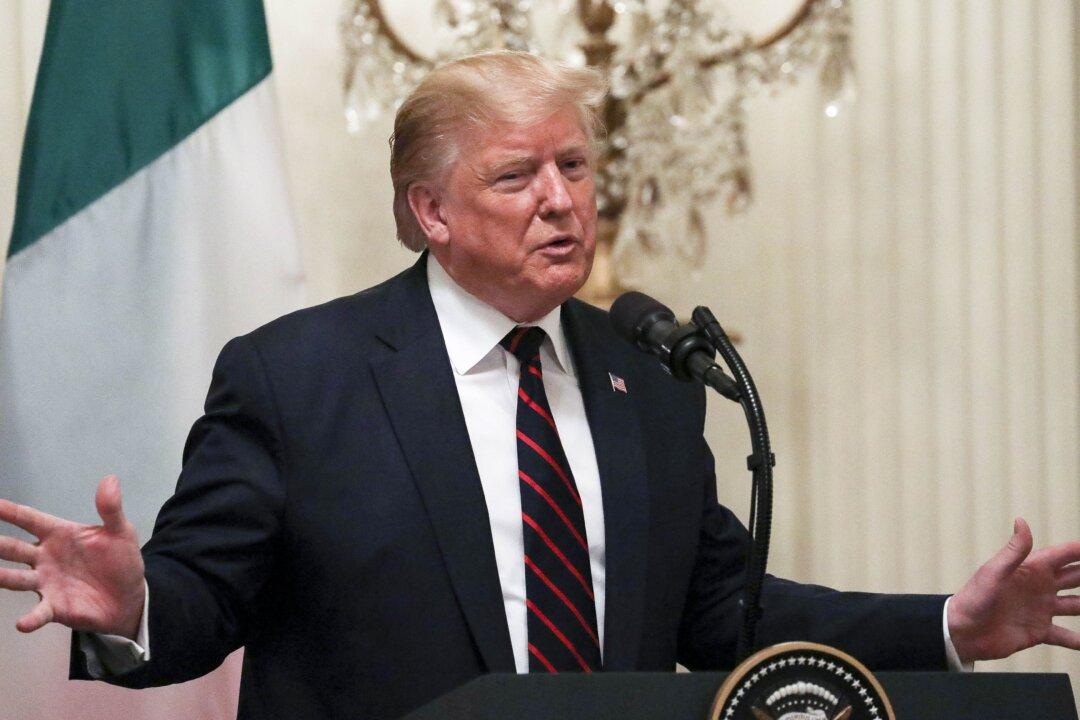President Donald Trump said Kurdish fighters in northern Syria may have intentionally set some ISIS terrorist prisoners free as a political move against the United States.
“Very easy to recapture those people that probably the Kurds let go to make a little bit stronger political impact,” Trump said during an Oct. 16 press conference with Italian President Sergio Mattarella at the White House.





